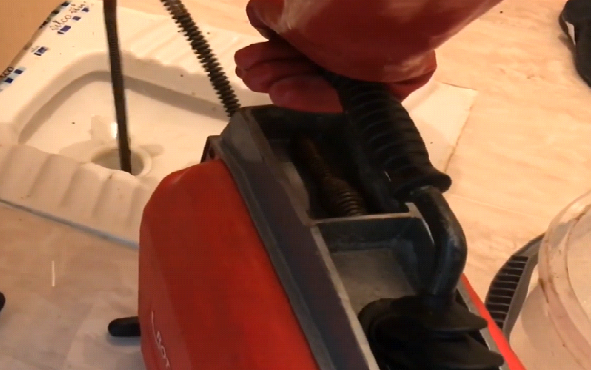Have you ever bitten into a loaf of bread, only to be met with a limp, soggy interior and a disappointingly soft exterior? Or perhaps the opposite - a rock-hard crust that crumbles at the slightest touch? The quest for the perfect loaf of bread is a journey shared by home bakers and professional artisans alike. The balance between a crisp, satisfying crust and a tender, chewy crumb is the holy grail of breadmaking.
Arabic bread, a staple in Middle Eastern cuisine, is a prime example of a bread that showcases a perfect balance of crust and crumb. Its thin, crisp exterior gives way to a soft, pliable interior, making it ideal for scooping up various dishes. Understanding the techniques used to create Arabic bread can provide valuable insights into achieving similar results with other bread types.
Understanding the Science Behind the Crust and Crumb
Before we dive into the techniques, let's break down the science behind the crust and crumb.
The Crust: A complex interplay of factors contributes to a perfect crust. High oven temperatures encourage rapid evaporation of surface moisture, leading to a crisp exterior. The development of a crust also involves the Maillard reaction, a chemical process that creates a golden-brown colour and imparts a delightful flavour.
The Crumb: The crumb's texture is primarily determined by gluten development during kneading. The network of proteins called gluten gives bread its shape. Proper hydration, kneading, and fermentation create a strong gluten network, resulting in a chewy, open crumb.
Factors Affecting Crust and Crumb
Several factors influence the final texture of your bread:
Flour: Different flours have varying protein content, affecting gluten development. Bread flour, with its high protein content, is ideal for achieving a chewy crumb.
Hydration: The amount of water in your dough determines its consistency. Higher hydration leads to a more open crumb, while lower hydration results in a denser texture.
Kneading: Kneading develops the gluten structure. Over-kneading can lead to a tough crumb while under-kneading results in a gummy texture.
Fermentation: Fermentation time and temperature influence flavour and texture. Longer fermentation develops complex flavours and improves crumb structure.
Baking Temperature and Time: High oven temperatures create a crisp crust, while adequate baking time ensures a fully cooked loaf.
Cooling: Allowing bread to cool completely on a wire rack prevents sogginess.
Tips for Achieving the Perfect Crust and Crumb
Now that we understand the science, let's explore some practical tips:
Master the Art of Hydration: Experiment with different hydration levels to find your preferred crumb texture. A general rule of thumb is 65-75% hydration for a good balance of crust and crumb.
Perfect Your Kneading Technique: Develop a feel for the dough's elasticity. Knead until the dough is smooth and elastic but not overly tight.
Harness the Power of Fermentation: Allow your dough ample time to ferment. This develops flavour and improves crumb structure. Consider using a cold fermentation method (retardation) for even better results.
Master the Oven: Preheat your oven to the highest temperature possible to create a crisp crust. Use a Dutch oven or cast iron pot for exceptional results.
Experiment with Different Breads: Explore various bread types, from rustic sourdough to light and airy baguettes. Each bread has its unique characteristics and requires slight adjustments to the process.
Gluten-free Bread: While gluten-free bread presents unique challenges for achieving the desired crust and crumb, it's still possible to achieve a satisfying texture. Experiment with different gluten-free flour blends and hydrocolloids to mimic the properties of gluten.
Conclusion
Achieving the perfect crust and chewy crumb is a rewarding journey that requires patience, experimentation, and a deep understanding of the bread-making process. By mastering the science and art of bread baking, you'll be well on your way to creating loaves that are both visually stunning and delicious. Remember, every baker has their unique approach, so don't be afraid to experiment and find what works best for you. From classic white bread to whole wheat and even brown bread, the possibilities are endless.







